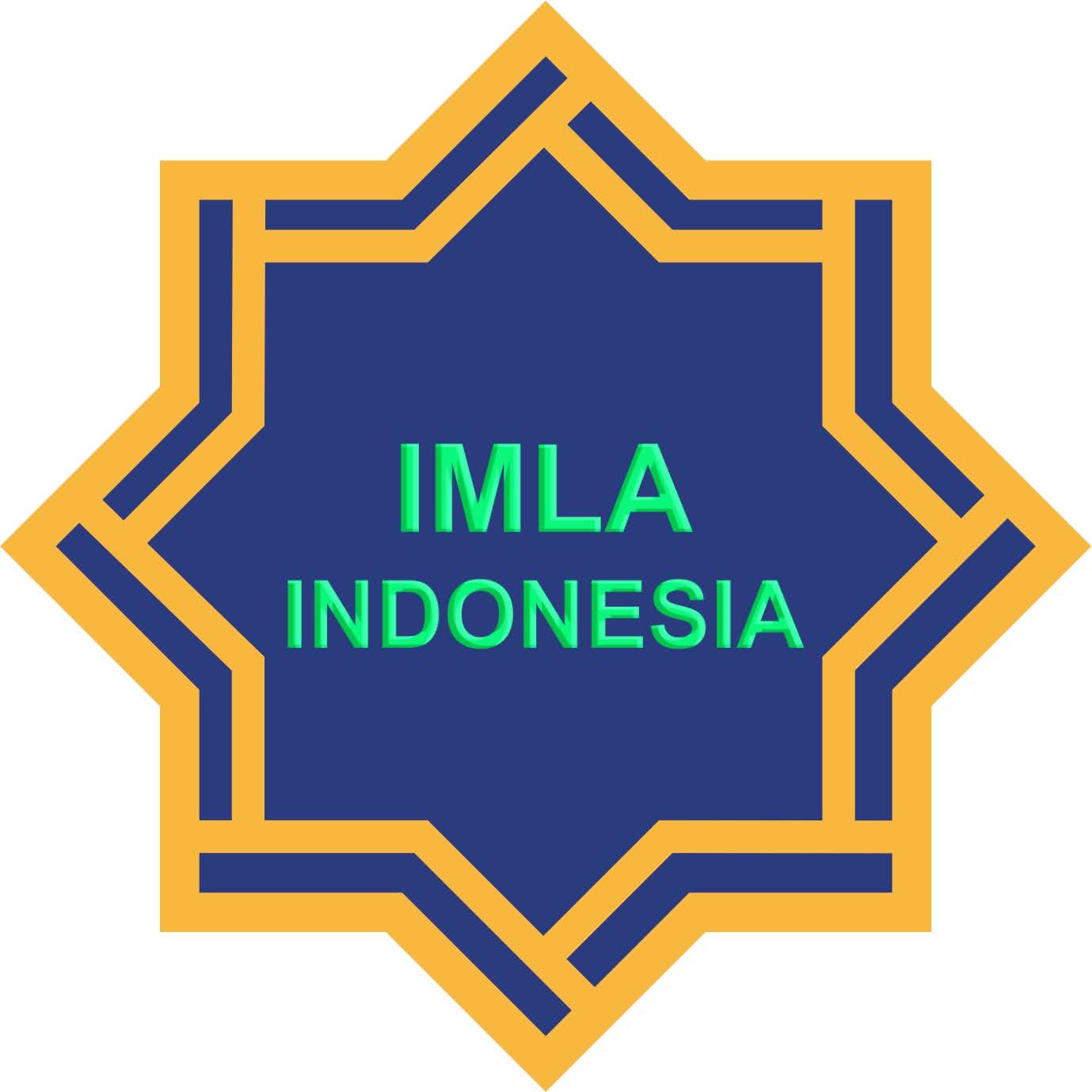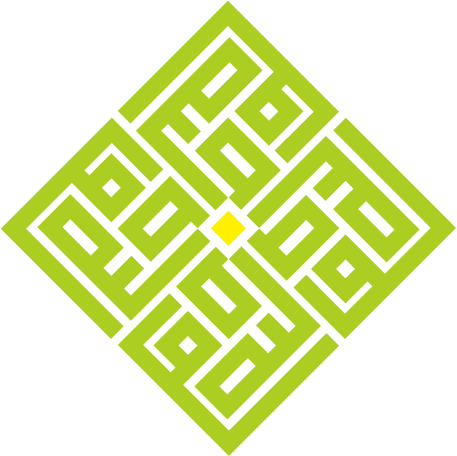Perspektif Filosofis Penelitian Bahasa Arab; Kajian Pembelajaran Bahasa Dengan Metode Terjemah
DOI:
https://doi.org/10.21154/tsaqofiya.v4i1.47Keywords:
philosophy of science, Arabic language, translation methodAbstract
This article aims to provide an overview of the philosophical review in Arabic language research. The focus of the research is the study of language learning with the translation method (ṭarīqah al-tarjamah). A philosophical review in the study of Arabic is certainly very necessary in improving the quality of learning Arabic. The philosophy of science (falsafah al-'ulūm) is a branch of philosophy that questions and examines all issues related to science. Linguistics and philosophy have always had a close relationship. The study of language was first carried out by philosophers and not linguists. Since ancient times, philosophers have tried to solve philosophical problems with an analytical approach to language. After linguistics is able to stand alone as a solid field of science, the role of philosophy remains firmly rooted. This research is a qualitative research using descriptive-narrative method. This research will examine the nature of linguistics and language learning studies, methods of language learning studies, and the measurement of the truth of language learning studies. The results of the study show that philosophical review in Arabic language research is very helpful in revealing the nature, methods, and measures of truth in the study of Arabic learning. In essence, linguistics is the science of language or the science that takes language as its object of study. The study of language learning aims to find solutions to improve language teaching outcomes. The method used is included in the systematic scientific method which includes the formulation of the problem, the preparation of a framework of thinking in submitting hypotheses, formulating hypotheses, testing hypotheses, and drawing conclusions. The size of the truth is based on the formulation of logical thinking and unified deductive and inductive logic.















.png)


